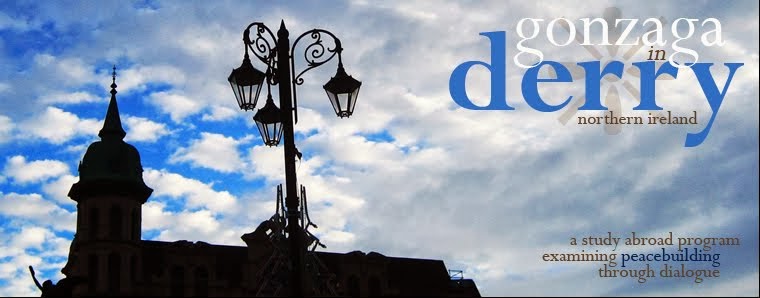
By Arlene Melo

 As the Fountain’s youth center administrator flipped through the photo books containing images from past year’s events, a bright flower, worn by the majority in the photos, caught my attention. The small red-colored flower is known as the remembrance poppy. As I walked back to the hotel, I paused near the World War I memorial located in the Diamond Square. Wreaths of poppy flowers lay in front of the memorial and peaked my interest for its history and significance. Since 1920 and inspired by the World War I poem “In Flanders Fields,” it has been used to commemorate soldiers who have died in war. It has since been adopted by the United Kingdom and Canada to commemorate their servicemen and women, most especially, in weeks prior to Remembrance Day (November 11). The historical significance of poppies, in Greek and Roman myths, has long been used as a symbol of sleep, peace, and death.As the Fountain’s youth center adminibooks containing images from past year’s events, a bright flower, worn by the majority in the photos, caught my attention. The small red-colored flower is known as the remembrance poppy. As I walked back to the hotel, I paused near the World War I memorial located in the Diamond Square. Wreaths of poppy flowers lay in front of the memorial and peaked my interest for its history and significance. Since 1920 and inspired by the World War I poem “In Flanders Fields,” it has been used to commemorate soldiers who have died in war. It has since been adopted by the United Kingdom and Canada to commemorate their servicemen and women, most especially, in weeks prior to Remembrance Day (November 11). The historical significance of poppies, in Greek and Roman myths, has long been used as a symbol of sleep, peace, and death.
As the Fountain’s youth center administrator flipped through the photo books containing images from past year’s events, a bright flower, worn by the majority in the photos, caught my attention. The small red-colored flower is known as the remembrance poppy. As I walked back to the hotel, I paused near the World War I memorial located in the Diamond Square. Wreaths of poppy flowers lay in front of the memorial and peaked my interest for its history and significance. Since 1920 and inspired by the World War I poem “In Flanders Fields,” it has been used to commemorate soldiers who have died in war. It has since been adopted by the United Kingdom and Canada to commemorate their servicemen and women, most especially, in weeks prior to Remembrance Day (November 11). The historical significance of poppies, in Greek and Roman myths, has long been used as a symbol of sleep, peace, and death.As the Fountain’s youth center adminibooks containing images from past year’s events, a bright flower, worn by the majority in the photos, caught my attention. The small red-colored flower is known as the remembrance poppy. As I walked back to the hotel, I paused near the World War I memorial located in the Diamond Square. Wreaths of poppy flowers lay in front of the memorial and peaked my interest for its history and significance. Since 1920 and inspired by the World War I poem “In Flanders Fields,” it has been used to commemorate soldiers who have died in war. It has since been adopted by the United Kingdom and Canada to commemorate their servicemen and women, most especially, in weeks prior to Remembrance Day (November 11). The historical significance of poppies, in Greek and Roman myths, has long been used as a symbol of sleep, peace, and death.As it has become a symbol of support for the British military, it has become a controversial topic in Northern Ireland. Most Nationalists and Catholics have been known to reject wearing a remembrance poppy – mainly due to the position the British Army held during the Troubles – while the Ulster Protestants and Unionists identify themselves by wearing the poppy. Undoubtedly, members of the Protestant community in the Fountain can be seen wearing it during special occasions. It is seen by many nationalists/republics as a political symbol and a symbol of “Britishness.” In recent years, refusals to wear the poppy have been seen. Politicians, as well as journalists, have chosen to not wear a Remembrance Day poppy in order to remain neutral and impartial in the media.

No comments:
Post a Comment